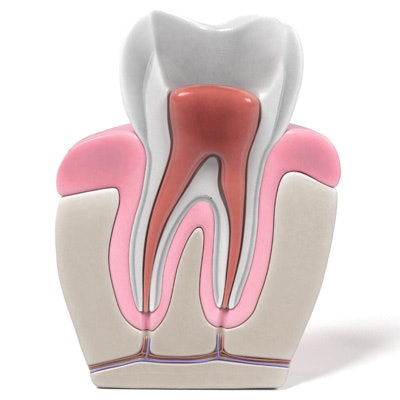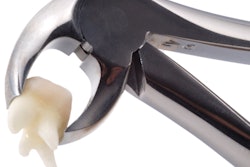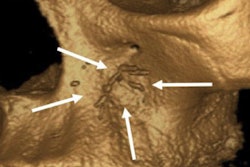
The restoration of endodontically treated teeth requires a good understanding of the root canal system and use of the right tools properly at the right time, according to a Monday session at the ADA's SmileCon 2021 meeting in Las Vegas.
Failing to preserve a tooth structure in the coronal third of a root, not preparing an improper ferrule, and refraining from establishing an adequate biologic width can lead to a failed or fractured restoration; however, proper canal access is also vital, said Dr. Anne Koch, a lecturer on oral health policy and epidemiology at the Harvard School of Dental Medicine and founder of the endodontic education company Real World Endo.
"Having clear, straight-line access to the root of a tooth is important to achieving success," Koch said.
If access is inadequate, negotiating the canal can be difficult and result in inadequate cleaning, shaping, and filling. Fortunately, there is an easy way to confirm straight-line access, she noted.
"Close one eye and look into the chamber, and you should be able to see all of the orifices," she explained. "If you can't, you don't have straight-line access."
In addition to adequate access for canal preparation, it is critical that clinicians know how to use hand files. The instruments must be precurved before any treatment begins, and most often, they must be shaped with a gentle curve. A file may need to have a sharper curve at the tip when working on teeth with an apical delta formation or lateral canal, Koch said.
"A straight file is only good for olives -- stabbing food from a buffet," Koch quipped. "You can't use it like that for a root canal."
Also, dentists should follow the rhythm technique, which is a set of three engagements completed with a rotary file within a canal. During each engagement, the file advances farther down the canal, Koch explained.
"It's one back, two back, three, and you're out," Koch said. "It should be done for two to two and a half seconds max while using the proper force and rhythm."
Clinicians should strictly adhere to that time, or the file will generate cyclic fatigue, which is a primary cause of instrument separation, she added.
When shaping a tooth's root canal, clinicians may use a combination of heat-treated and nonheated rotary files. Heat-treated files are more flexible and have increased resistance to cyclic fatigue, but they do not cut as well as nonheated files, Koch said.
Additionally, heat-treated files distort easily and are known to elongate canals. When this occurs, the canal is not compatible with a gutta-percha cone. Therefore, it is best to use heated files to navigate down canals, but the final shaping should be completed with a nonheated file, she explained.
"Spending an extra five minutes figuring out access will save you 20 minutes," Koch concluded. "It will not just help instrumentation but make obturation a straightforward thing to do."
Finally, dentists who think they may have a challenging case should consult the American Association of Endodontists' Endodontic Case Difficulty Assessment Form and Guidelines. The form can be used to assess a case's difficulty, understand the potential risk factors that may complicate treatment and possible adverse outcomes, and determine whether it is best to refer the patient to an endodontist, she said.




















